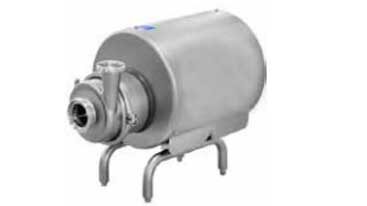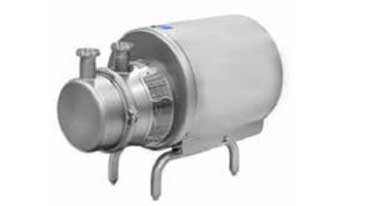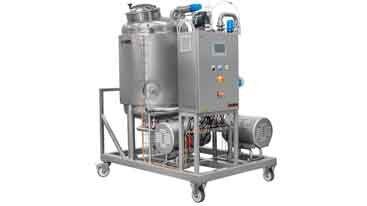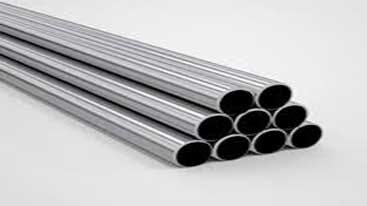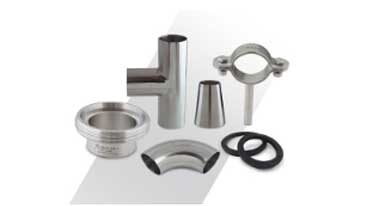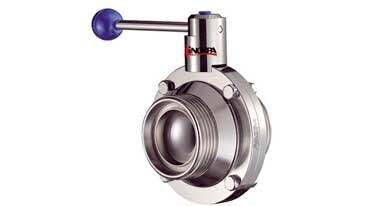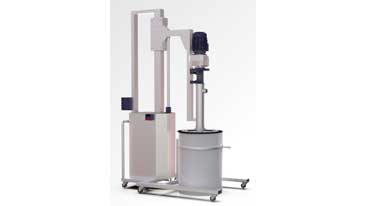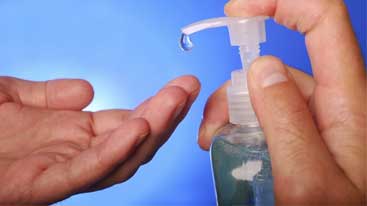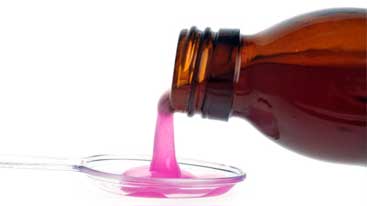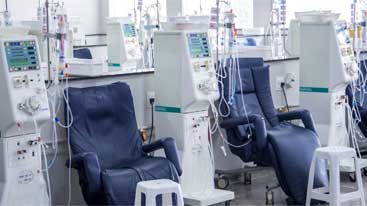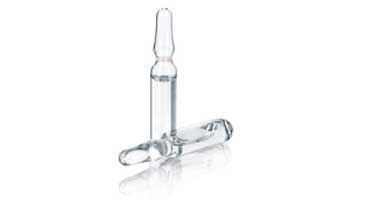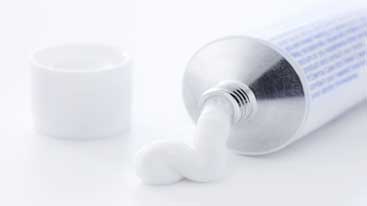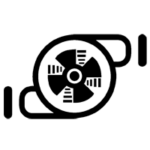CIP Process
CIP Process and Industrial Cleaning: A Vital Step During Product Transfer
In industrial production facilities, accumulations, impurities and the amount of bacteria formed during product transfer can affect production quality. The CIP process (Cleaning In Place), which is used to prevent these problems and ensure the hygiene of the facilities, stands out especially with the Sesinoks design and CIP unit equipment.
What is CIP Process and How is It Applied?
Cleaning In Place (CIP) is a cleaning process used to clean the accumulations that occur on the line during product transfer and reduce the amount of bacteria. In this application, a water-acid mixture is prepared at a concentration determined according to the type of product passing through the line. This prepared and heated liquid is pressed into the line through specially designed pump systems and the washing process is carried out. These systems can be specially designed according to the capacity and needs of the facility and can be designed manually or automatically.
CIP (Cleaning In Place) process is applied in order to facilitate the cleaning of the lines . It is used to clean product accumulation, pollution and bacteria after the product is transferred. In this application according to trasferred product ; A water-acid mixture is prepared at a certain concentration. Then the washing process is carried out by pressing of liquid which is prepared and heated for the line. These systems are specially designed according to the capacity. They can be designed manually or automatically. As Sesinoks we serve as complete system design and CIP unit equipment.
CIP Pump
CIP Return Pump
Manual and Automatic CIP Systems
Stainless Steel Connection Equipment
Sesinoks Design CIP Systems: The Name of Quality
The equipment used in the CIP process is designed with sesinox material, especially stainless steel. Sesinoks stands out with its design, durability, corrosion resistance and ease of cleaning. Thanks to these features, it is possible to maximize hygiene standards in industrial facilities. Sesinoks CIP unit equipment enables the effective application of liquid mixtures, thus increasing the efficiency of the facilities.
Cip Process and Design Flexibility
CIP systems can be custom designed to suit different industrial needs and plant capacities. This design flexibility offers facility managers and engineers a wide range of uses. CIP systems, which can be designed manually or automatically, can be customized to suit the needs of the users. This makes it possible to optimize cleaning processes in facilities and make production processes uninterrupted.
CIP process Steps
CIP (Cleaning In Place) process is a cleaning method used in industrial facilities to clean accumulations formed during product transfer and reduce the amount of bacteria. This process usually consists of these stages:
-
Preparation Phase: Before the CIP process begins, the equipment and lines to be cleaned are prepared. This stage includes steps such as determining appropriate cleaning agents and mixtures, checking the necessary equipment and preparing the CIP system.
- Temperature Adjustment: The water and cleaning agents to be used for the cleaning process are brought to the determined concentrations and heated. Temperature is important to increase the effectiveness of cleaning agents and easily remove buildup.
- Pumping and Pressurization: The prepared cleaning agent is pumped into the lines together with pressurized water by the CIP system. In this process, a certain pressure is applied to ensure that the cleaning agent circulates in the lines and equipment. The pressure helps loosen and clear debris.
- Washing and Rinsing: The cleaning agent circulates through the lines for a certain period of time and removes accumulations. Then, the lines and equipment are rinsed with clean water. This step ensures that any traces of cleaning agent and buildup are removed.
- Disinfection (Optional): In some cases, a disinfection step is also performed during the CIP process. In this step, lines and equipment are hygienically cleaned using special disinfectants and bacteria are eliminated.
-
Final Inspection and Shutdown: After the CIP process is completed, the lines and equipment are visually checked to ensure that the process has been completed successfully. Afterwards, the CIP system is shut down and cleaning equipment is stored appropriately.
Conclusion: CIP Process and Industrial Hygiene
The CIP process is a vital step that maximizes cleanliness standards in industrial production. When combined with Sesinoks design and special CIP unit equipment, it becomes easier and more effective to ensure the product quality and hygiene standards of the facilities. CIP systems, which can be designed to suit all kinds of industrial needs, offer facility managers a reliable, flexible and high-performance cleaning solution. This enables production facilities to have a more efficient, safe and quality production process.
CIP (Cleaning In Place) process is applied to facilitate the cleaning of the facilities in order to eliminate product accumulations and contamination that occur on the line during product transfer and to eliminate the amount of bacteria. In this application, depending on the type of product on the line; A water-acid mixture is prepared at a certain concentration. Then, this prepared and heated liquid is pressed on the line with the pump and the washing process is carried out. These systems are specially designed according to capacity. They can be designed manually or automatically. As Sesinoks, we provide services in complete system design and CIP unit equipment.
